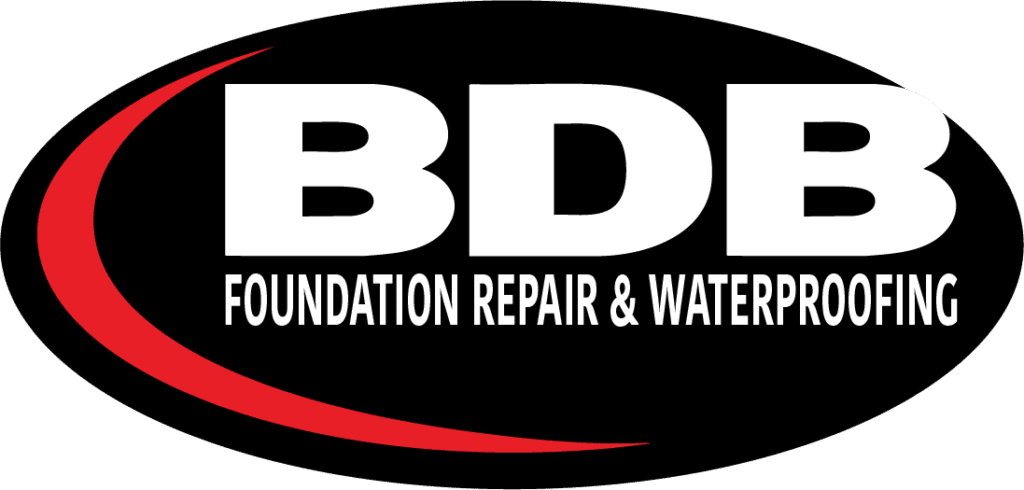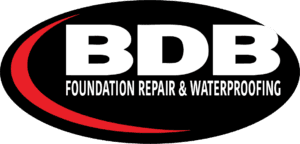When dealing with basement water issues or foundation maintenance, you might come across the term hydrostatic pressure. Understanding what it is and why it matters can be crucial for protecting your home from water damage, mold, and structural problems. Let’s dive into what hydrostatic pressure is and some practical tips to manage and reduce its effects.
What Is Hydrostatic Pressure?
Hydrostatic pressure is the force exerted by standing water against any surface that it comes into contact with. In simpler terms, when water builds up in the soil around your basement walls or foundation, it pushes against these surfaces with significant force. If left unmanaged, this pressure can cause water to seep through foundation walls, leading to flooding, dampness, and even cracks in your foundation over time.
The amount of hydrostatic pressure exerted depends on the depth and amount of water present. The deeper and more saturated the soil, the greater the force it exerts on your foundation. This is particularly problematic during heavy rainfall, snowmelt, or in areas with high groundwater levels, as all these factors contribute to increased water accumulation around your home.
The Risks of Hydrostatic Pressure
If hydrostatic pressure is allowed to build up unchecked, it can have serious consequences for your property:
- Water Seepage: The increased pressure can force water through tiny cracks in your foundation walls, causing leaks and dampness.
- Foundation Damage: Persistent pressure can lead to cracks and even shifts in your foundation over time, risking the structural integrity of your home.
- Mold Growth: Dampness caused by water seepage creates the perfect environment for mold to grow, which can lead to health issues and expensive repairs.
- Unhealthy Living Environment: Damp basements can affect indoor air quality and make the living environment unpleasant or even unsafe.
Tips to Stop Hydrostatic Pressure
Now that we know what hydrostatic pressure is and the risks it poses, let’s look at some tips for managing it:
1. Improve Yard Drainage
Good drainage can reduce the amount of water that accumulates around your foundation. Simple steps like adding a slope to the soil around your home, installing gutter downspouts, and ensuring downspouts extend far from your foundation can help direct water away. This reduces the amount of water that seeps into the ground around your home, decreasing hydrostatic pressure.
2. Install a French Drain
A French drain is a trench filled with gravel and a perforated pipe that helps to divert water away from your foundation. By giving water an alternate path, you can reduce the amount of pressure exerted on your basement walls. This solution is especially helpful if your yard tends to collect water.
3. Apply a Waterproofing Sealant
Applying a waterproofing sealant to the inside or outside of your basement walls can act as an extra layer of protection, stopping water from seeping in. While this won’t directly reduce hydrostatic pressure, it can help prevent water from penetrating your foundation walls.
4. Install a Sump Pump
In cases where water still finds its way into your basement, a sump pump can be an effective solution. A sump pump collects water and pumps it out before it can build up and cause flooding. If your area is prone to heavy rain or high water tables, a sump pump can significantly reduce basement dampness and water damage.
5. Address Soil Saturation with Landscape Fabric
Adding landscape fabric and gravel around your foundation can reduce water retention in the soil around your home. This can help keep the soil from becoming too saturated, which directly lessens hydrostatic pressure.
Conclusion
Hydrostatic pressure can have severe consequences if left unchecked, but with the right preventative measures, you can protect your home from damage. Improving drainage, installing a French drain or sump pump, waterproofing, and managing soil saturation are effective ways to combat hydrostatic pressure and keep your home dry, safe, and sound. Taking these steps early can help prevent costly repairs and ensure a healthier living environment for you and your family.


